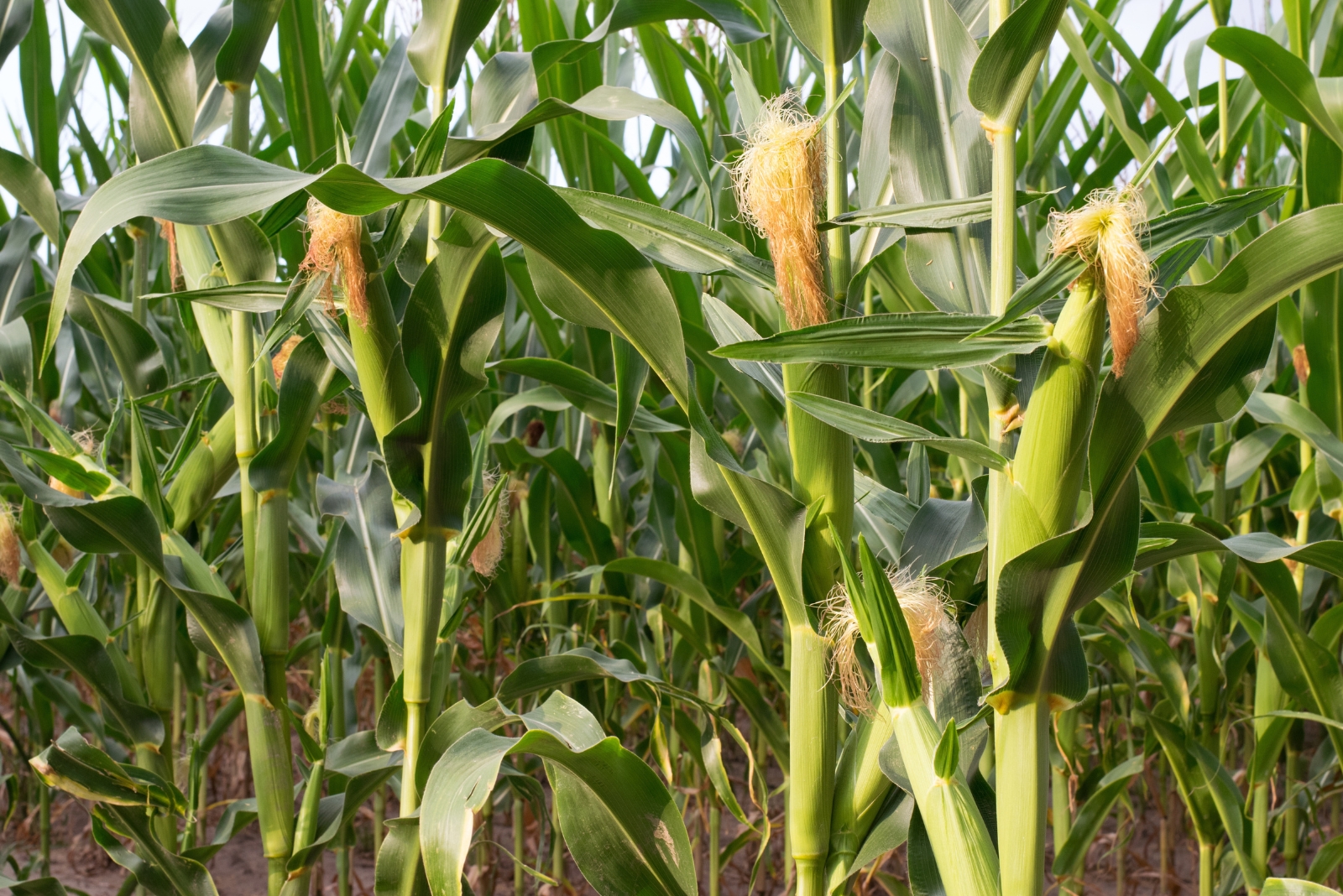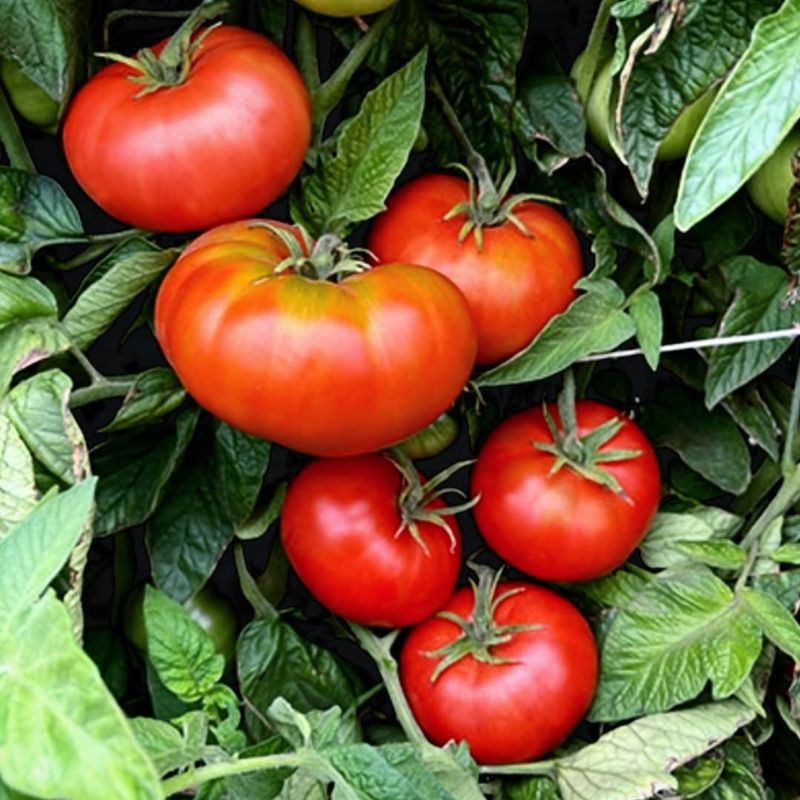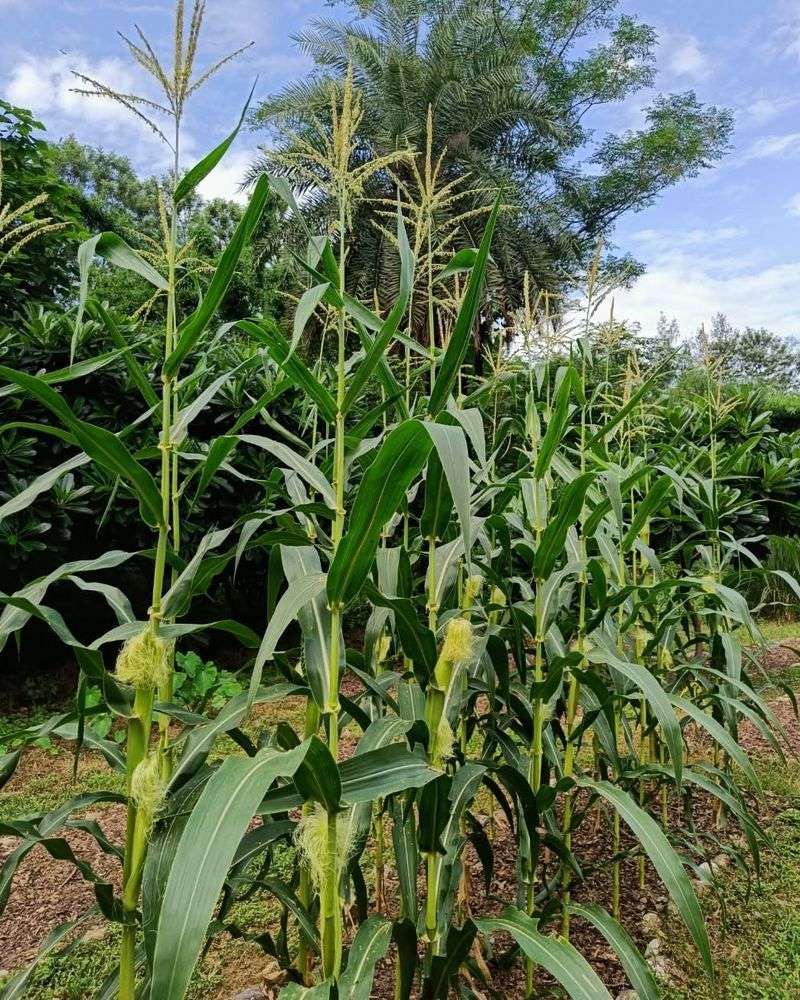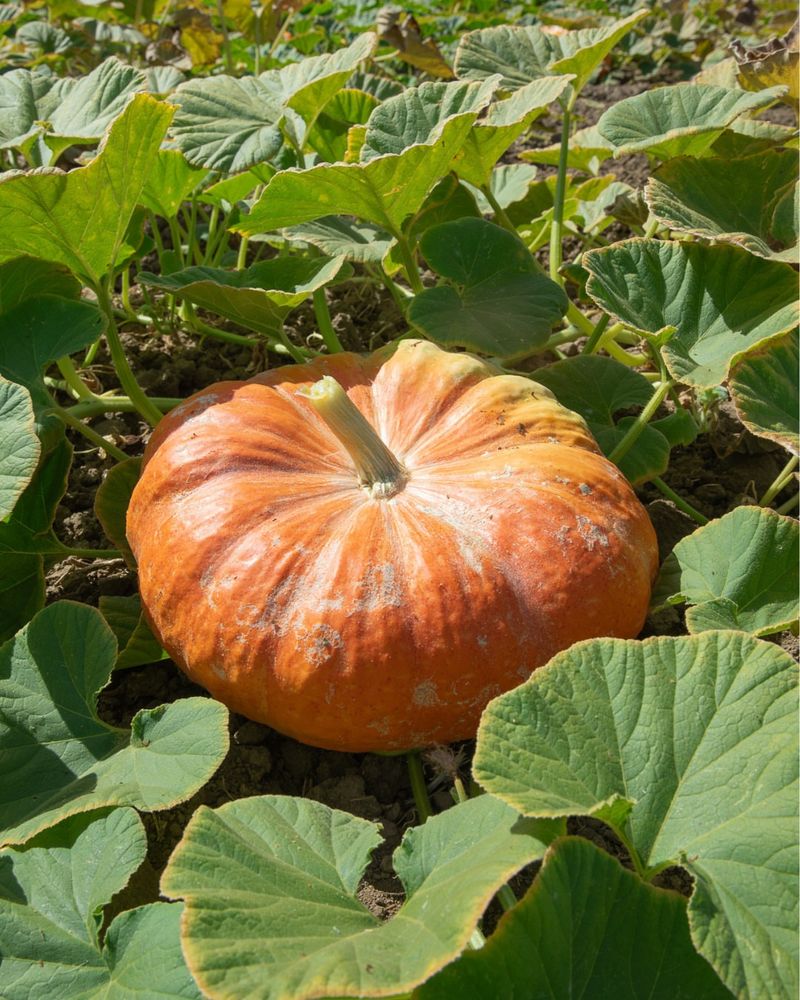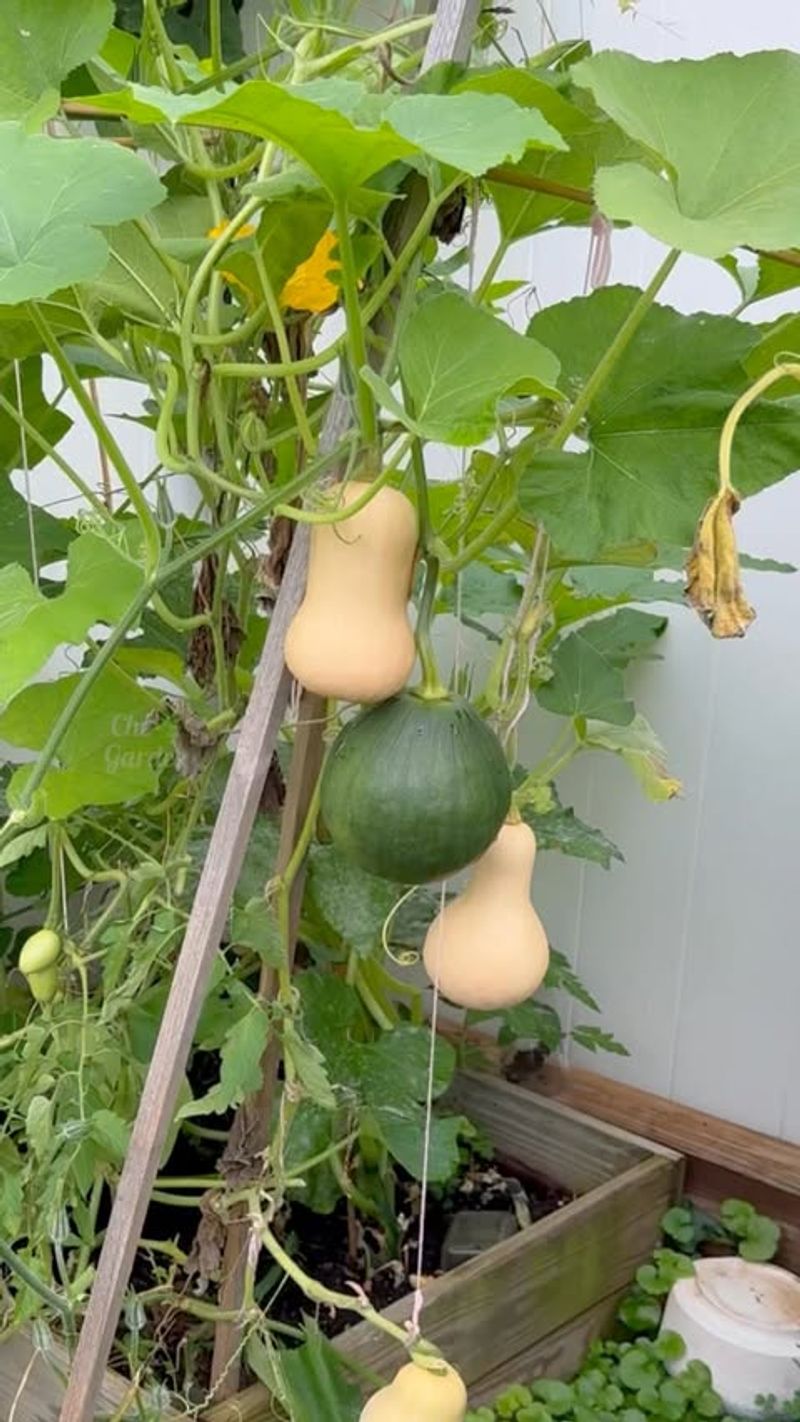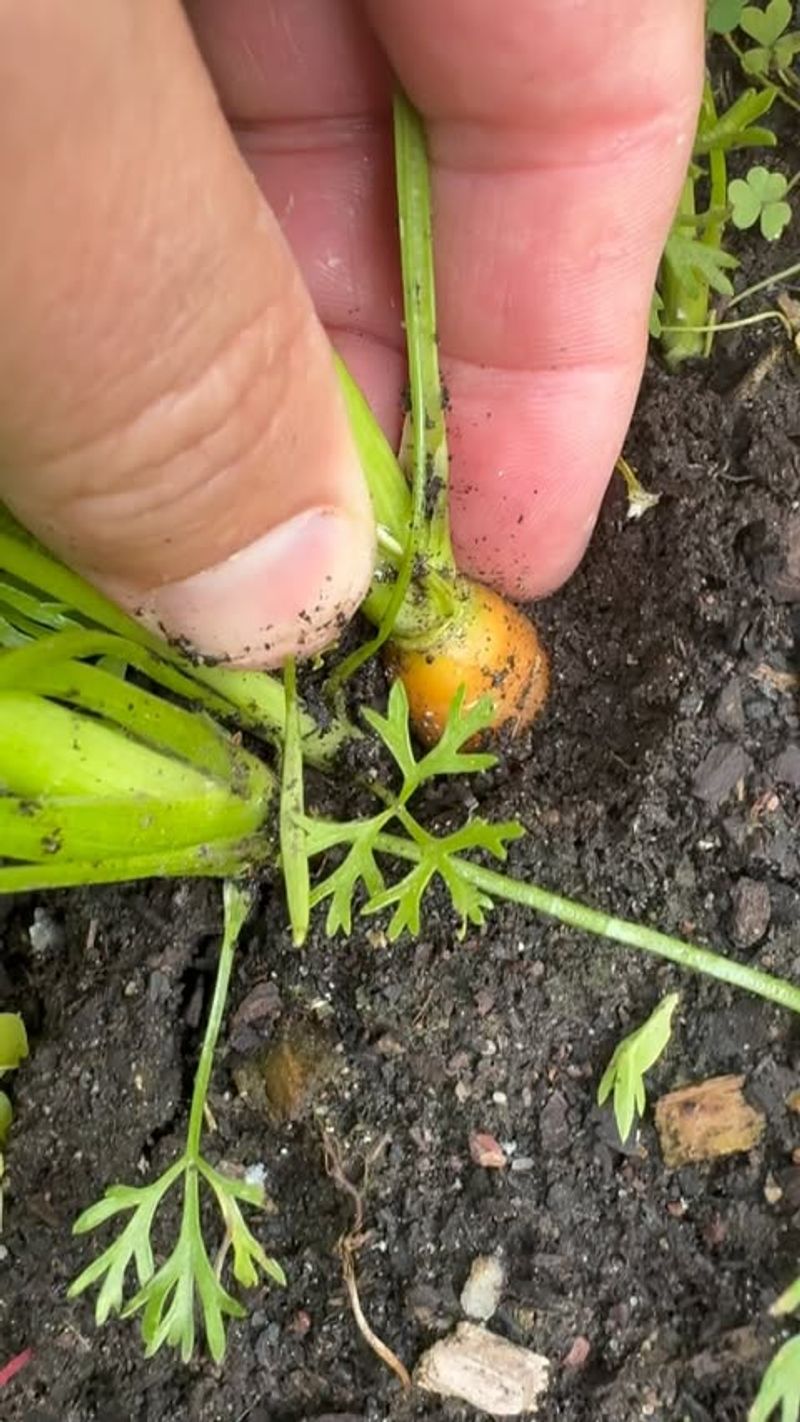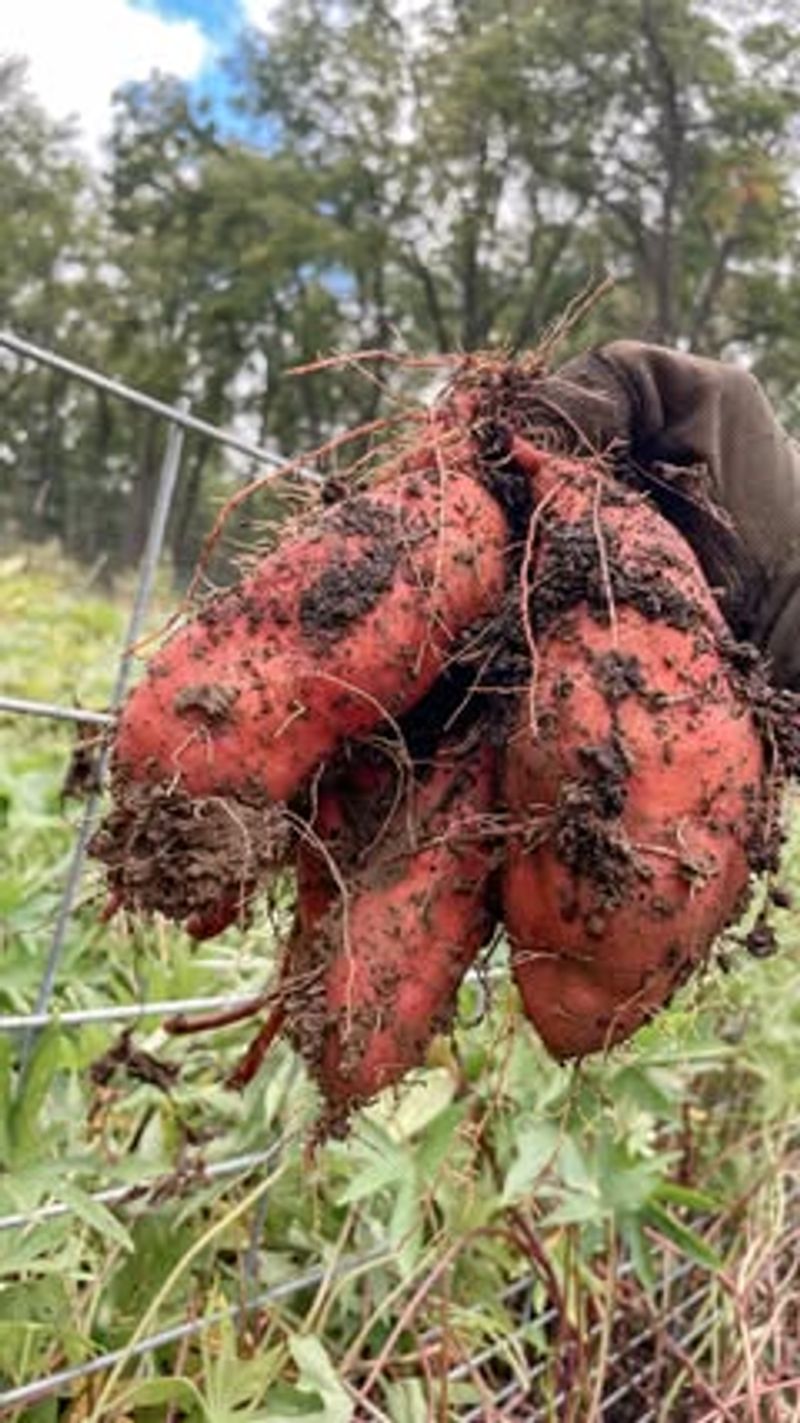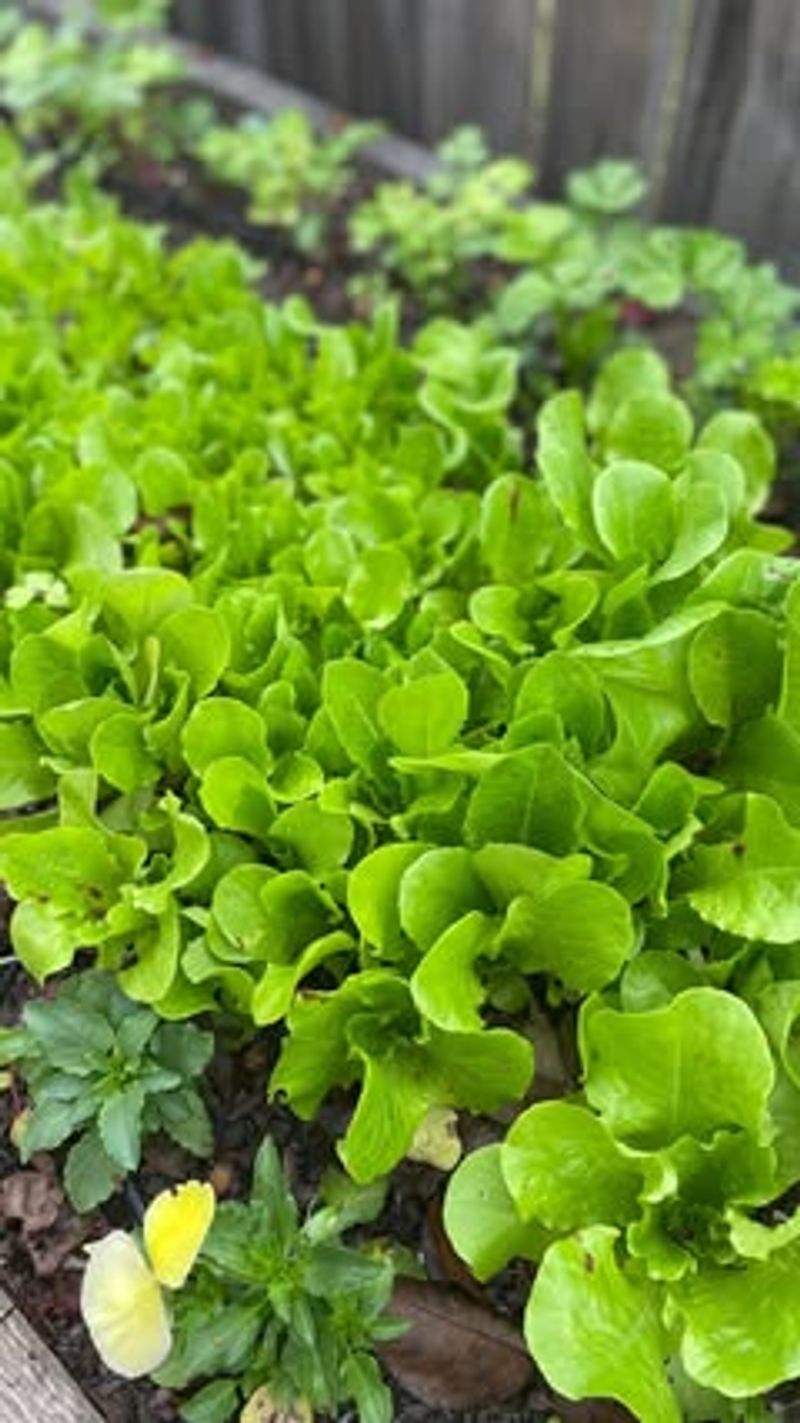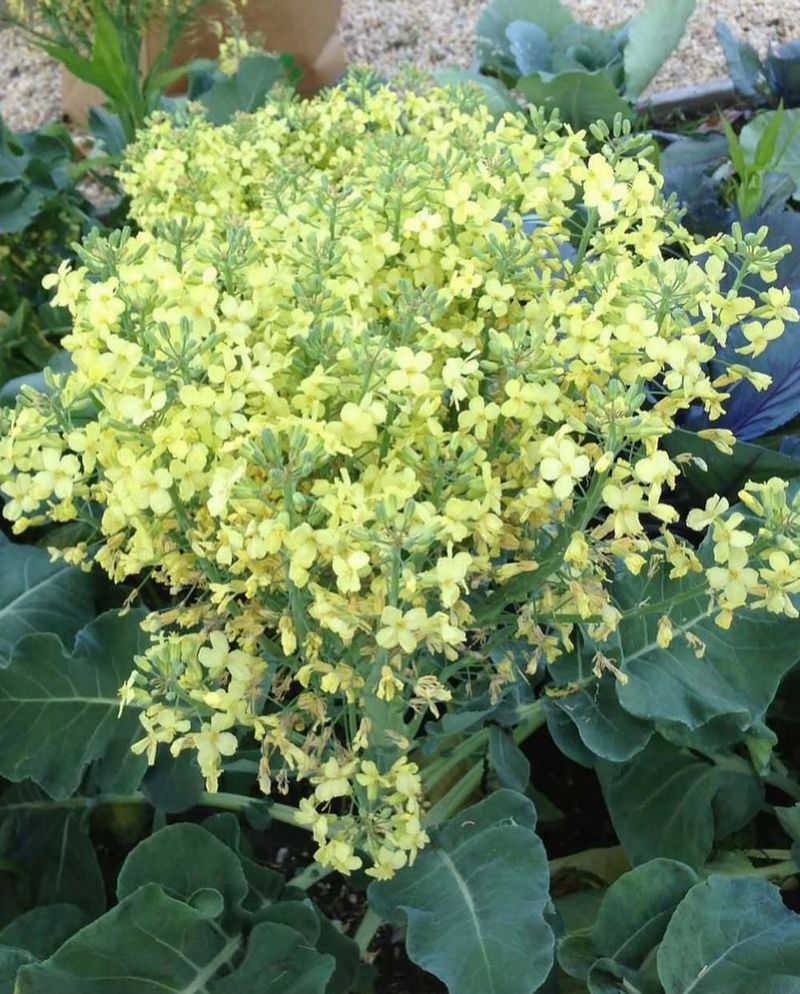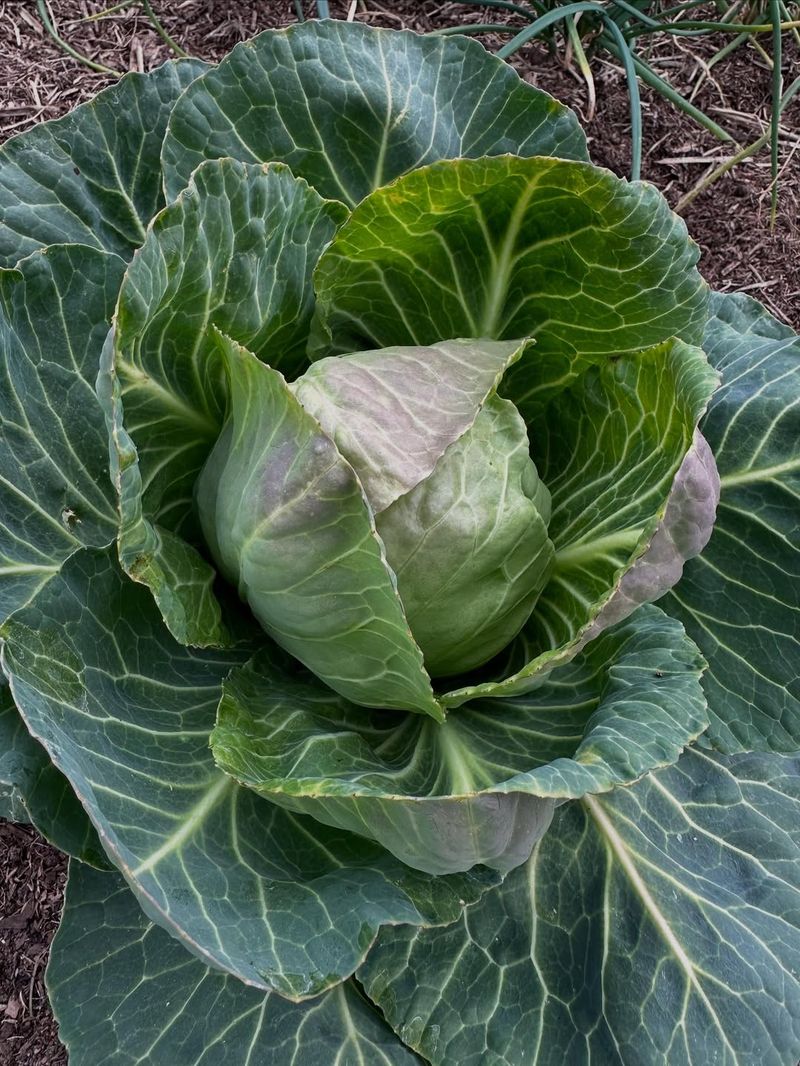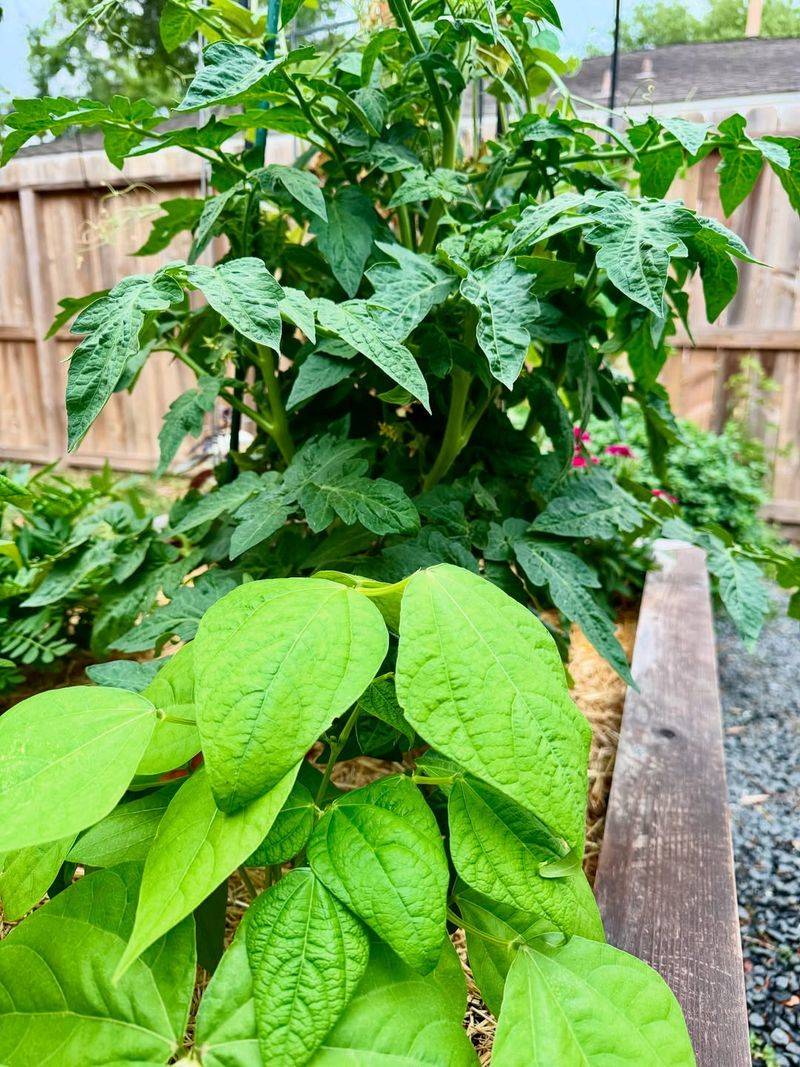Some fall veggies in California look totally innocent until you realize they’re basically little magnets for hungry rats. I’ve grown a few of these myself and was surprised at how fast the nibbling starts once the weather cools.
It’s not about avoiding the plants you love — it’s about knowing which ones need a bit more attention. Let’s talk about the veggies that tend to attract the most unwanted visitors.
1. Tomatoes
Juicy tomatoes growing in California gardens during fall can become a feast for hungry rats. When these fruits ripen and sometimes drop to the ground, their sweet smell travels far and wide.
Rats have an incredible sense of smell and can detect tomatoes from quite a distance. They especially love overripe or fallen tomatoes that sit on the soil.
Pick your tomatoes as soon as they ripen and clean up any that fall. Store harvested tomatoes indoors rather than leaving them outside overnight where rodents can easily reach them.
2. Corn
Sweet corn stalks standing tall in California fall gardens offer perfect hiding spots and tasty meals for rats. The kernels are packed with carbohydrates that rodents find irresistible, making corn a major attraction.
Rats can climb corn stalks easily and nibble on ears while they’re still growing. They often leave telltale signs like chewed husks and scattered kernels around your garden beds.
Harvest corn promptly when ready and remove old stalks immediately. Keep the area around your corn patch clear of debris where rats might nest or hide during the day.
3. Pumpkins
Growing pumpkins in California during autumn creates beautiful orange displays, but these large gourds can attract rats looking for food and shelter. Rats gnaw through the thick skin to reach the seeds and flesh inside.
Once a pumpkin gets damaged or starts rotting, it becomes even more appealing to rodents. The hollow spaces inside mature pumpkins also provide cozy nesting areas.
Check your pumpkins regularly for bite marks or holes. Remove damaged pumpkins quickly and store harvested ones in secure locations away from ground level where rats patrol at night.
4. Squash
Various squash varieties thrive in California’s fall weather, but their seeds and soft flesh make them popular targets for rats. Butternut, acorn, and other winter squashes sit on the ground where rodents can easily access them.
Rats will chew through the tough outer skin to get at the nutritious insides. They’re particularly drawn to squash that’s starting to soften or crack.
Elevate ripening squash off the ground using boards or mesh. Harvest promptly when mature and inspect regularly for gnaw marks that indicate rat activity around your garden area.
5. Carrots
Crunchy carrots planted in California gardens provide excellent nutrition for both people and rats. Root vegetables like carrots stay in the ground for weeks, giving rodents plenty of time to discover them.
Rats dig around carrot tops and nibble on the exposed portions. They’re attracted to the sweet taste and crisp texture of these orange roots.
Watch for small holes near your carrot rows and disturbed soil that might indicate digging. Harvest carrots when they reach good size rather than leaving them in the ground too long where rats can find them.
6. Beets
Red and golden beets growing beneath California soil during fall months attract rats with their sweet, earthy flavor. Both the bulbous roots and the leafy tops provide food sources that rodents enjoy munching on.
Rats will dig around beet plants and gnaw on the exposed portions of the bulbs. The greens also get nibbled, leaving ragged edges and missing leaves.
Mulch around beets can hide rat activity, so check carefully for signs of digging. Pull beets when they’re ready and don’t delay harvest, as larger beets sitting in soil longer face greater risk.
7. Sweet Potatoes
Sweet potatoes flourish in California’s mild fall climate, developing sugary tubers underground that rats find absolutely delicious. These starchy roots contain natural sugars that make them incredibly appealing to hungry rodents searching for food.
Rats tunnel through soil to reach sweet potatoes, often damaging multiple tubers in one night. They leave characteristic gnaw marks and hollowed-out sections in the flesh.
Harvest sweet potatoes before the first frost and don’t leave any small tubers behind in the soil. Damaged sweet potatoes should be removed immediately from your garden to avoid attracting more rats to the area.
8. Lettuce
Crisp lettuce growing in California fall gardens provides fresh greens for salads and also attracts rats looking for tender vegetation. The soft leaves are easy for rodents to chew and digest, making lettuce a convenient snack.
Rats typically feed on lettuce at night, leaving behind ragged holes and missing outer leaves. They may also nest nearby if your lettuce patch provides good cover.
Use row covers to protect lettuce from rats while still allowing sunlight and water through. Harvest outer leaves regularly and keep the garden area tidy without tall weeds where rodents might hide during daylight hours.
9. Broccoli
Broccoli thrives in California’s cool fall weather, producing nutritious heads that unfortunately also appeal to rats. The tender florets and thick stalks contain nutrients that rodents need, especially as temperatures drop and food becomes scarcer.
Rats climb broccoli plants and chew on the developing heads, leaving behind damaged florets. They also nibble on leaves and stems, weakening the entire plant.
Check broccoli plants each morning for fresh damage and droppings that indicate rat visits. Cut heads when they’re firm and tight, before they become overripe and more attractive to pests roaming your California garden at night.
10. Cabbage
Dense cabbage heads growing in California gardens during fall offer both food and shelter opportunities for rats. The tightly packed leaves create dark spaces underneath where rodents can hide while they feed.
Rats gnaw through outer cabbage leaves to reach the tender inner portions. They often burrow underneath the heads, making damage hard to spot until you lift the plant.
Inspect cabbage regularly by gently lifting the heads to check underneath. Remove outer leaves that show damage and harvest mature heads promptly to reduce the time rats have to discover them in your garden beds.
11. Beans
Bush and pole beans planted in California for fall harvest produce protein-rich pods that rats absolutely love. Both fresh beans on the vine and dried beans left to mature can attract rodents to your garden space.
Rats climb bean plants to reach the pods and will also scavenge fallen beans from the ground. They’re especially drawn to beans that have dried on the vine.
Pick beans frequently while they’re young and tender, before they attract attention. Clear away any fallen pods or leaves beneath your bean plants, and pull up spent plants immediately after your final California fall harvest finishes.

